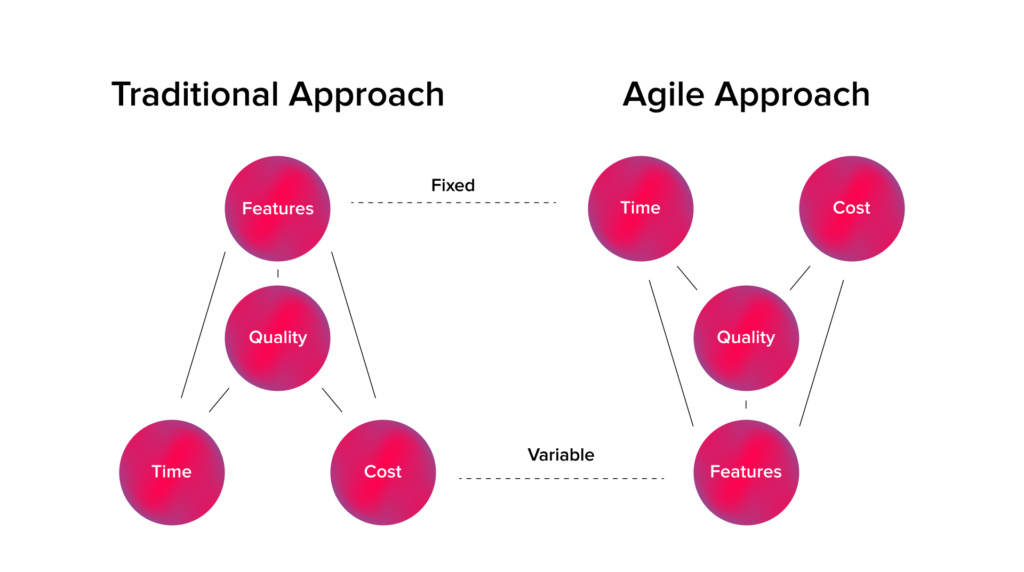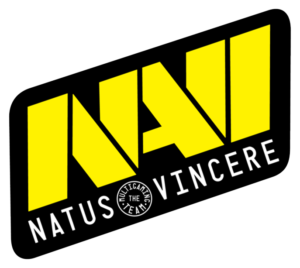
Key Principles of Agile Marketing Methodology for B2B

The modern world of digital advertising is changing every minute, and our main task is to adapt to it quickly, using the latest strategies and approaches to a potential buyer.
In nature, it’s not the strongest and smartest that survive, but the one who knows how to adapt to the environment better and faster and changes in it. The same refers to marketing today, where the success of an advertising campaign depends on the solutions’ originality and the speed of response to changes in the digital environment. In the advertising market for daily adaptation to new trends, the concept of “Agile marketing” comes to the rescue, which we will discuss below.
The main meaning of Agile practices is concentrated in the agile software development (Agile Manifesto), which prioritizes:
- people and their interaction instead of workflows and tools;
- working product instead of regulations, instructions, etc.;
- productive communication with the customer instead of formal agreement on the terms of the contract;
- adaptability and quick reaction to changes instead of blindly following the plan.
HADI cycle work
Agile marketing is based on constant work according to the HADI cycle. HADI is a simple model that includes four sequential steps:
- Hypothesis. Generation of ideas to improve marketing activities.
- Action. Implementation and testing of hypotheses.
- Data. Analysis of statistical indicators based on the results of implementing the hypotheses.
- Insight. Conclusion on the viability of the ideas put forward.
Let’s take our product as an example – the promotion of webinars for IT companies. If we launch a promotion for the first time, various questions arise:
- What is the target audience for this webinar?
- What channels will bring the desired number of conversions at the price we need?
- What funnel of content, channels, and communications traffic will be the most converting?
- Is it better to bet all-in or act through mini-experiments?
We choose to act through mini-experiments because, in this way, we receive valuable data, and with the help of analysis, we will be able to choose the strategy we need. As a result, we will have time to do everything on time and reach the desired result.

How Agile differs from traditional marketing
Let’s take a look at the main difference between traditional marketing and agile marketing, using paid advertising as an example.
Imagine that you have a SaaS startup solution for business – a task manager for Scrum teams of up to 7 people. You can promote a product in two ways:
- Using traditional marketing, we can build a great strategy on how to take over the world with this product, spending a lot of money, resources, and most importantly – time.
- If we engage an Agile team, then it will offer a small iteration of a Product Hunt entry, a test of targeted advertising on Facebook or LinkedIn. The team will write all these ideas into the backlog and break them into small cycles, for example, a week or two. On the one hand, there will be planning; on the other hand, there will be actions and insights.
Traditional marketing creates focus groups and research on its big strategy, while Agile marketing is already testing new hypotheses and scaling up ideas that have already been successful.
We do not consider ourselves to be ambassadors of the Agile approach. Still, we are well aware that in the current world of constant competition and many possible advertising channels, you need to be flexible and ready for various changes.
Does your competitor have a new feature and a big PR campaign? In response, write a post about your functionality and advertise it. React to market changes quickly, timely, and natively. And paid advertising is just a tool that will allow you to react faster and act on a larger scale.

Agile marketing principles that our PPC team adheres to when working with B2B/tech projects
Our team works daily with B2B/tech projects and adheres to a set of principles in work that resonate with the principles of Agile. Here are some of them:
- Analysis instead of opinions and conventions. We carry out cyclical and ongoing work, which involves researching the client’s business, changing current workflow, and evaluating the results.
- Launch small responsive campaigns instead of large and complex ones. Classical marketing strategies are difficult to be quickly adjusted. According to the Agile principle, companies are divided into several short cycles; after each cycle we analyze them, and, if problems are identified, change them.
- Audience research instead of forecasting. In classical B2B web marketing solutions, the target audience research is carried out, as a rule, once a year. During this period, the habits and opinions of the audience may change several times, which means that targeted campaigns may not be effective. The Agile approach involves constant research of the target audience in order to redirect the advertising campaign as quickly as possible if necessary.
- Priority of flexible scheduling over hard scheduling. There is still a plan in Agile, but it is made without a rigid link to the original vision. With each new cycle (iteration), adjustments are made according to the plan.
- Prompt reaction to changes. For example, if a new promotion tool appears, then you need to be ready to use it. Agile is more about reacting to change than sticking to the original plan.
- A lot of mini-experiments are better than one big one. Long-term studies with multiple factors and variables are less reliable than local short-term tests.
How do we recommend getting started with Agile marketing in PPC?
Review your PPC strategy, and look at it through the lens of mini-experiments and short advertising iterations. Look at your advertising campaigns: some of them may be ‘evergreen’, which means they work on an ongoing basis and bring in conversions.
You should also pay attention to advertising campaigns on social media, content distribution, and also promotion of an event or webinar.
In any case, we advise you to use the strategy of launching short advertising campaigns, iterations, and tests.



















